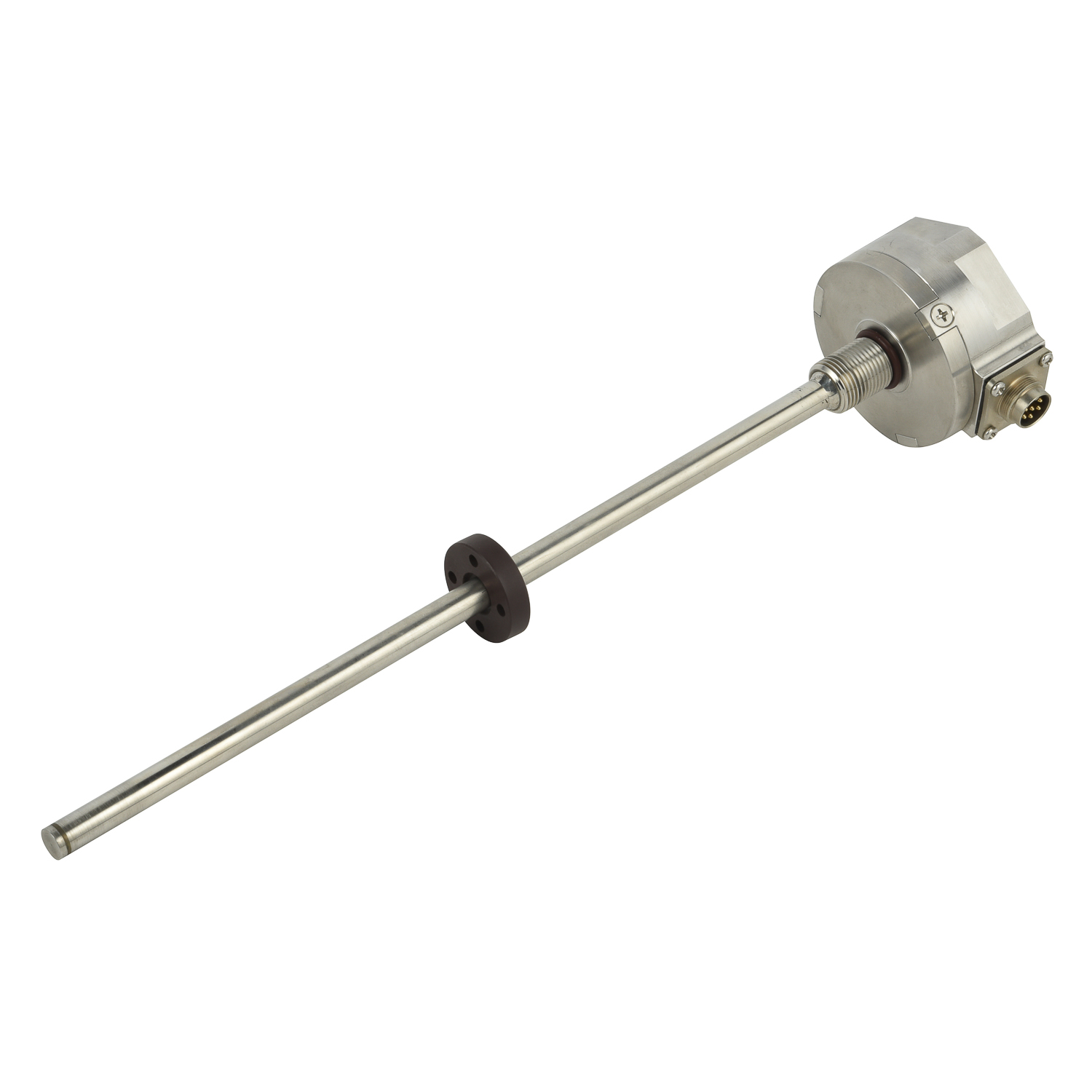What functions do magnetostrictive sensors serve in injection molding machines?
In the sophisticated world of plastic manufacturing, injection molding machines rely on a symphony of precision components to operate efficiently. Among these, magnetostrictive sensors stand out as a cornerstone technology, providing the critical data needed for high-accuracy control and monitoring. These non-contact sensors have become indispensable in modern manufacturing environments where precision and repeatability are paramount. Their ability to deliver real-time, high-resolution measurements makes them far superior to traditional potentiometric or LVDT sensors, enabling manufacturers to achieve new levels of product quality and operational efficiency. This technological advantage is why leading injection molding machine manufacturers consistently integrate magnetostrictive sensing technology into their newest equipment designs.
Precision Position Detection for Injection Components
The primary and most crucial function of magnetostrictive sensors in an injection molding machine is the precise position detection of the injection unit's components. These sensors are typically installed along the hydraulic cylinder or actuator that controls the movement of the screw within the barrel. As the screw moves forward to inject molten plastic into the mold cavity or retracts for plastication, a permanent magnet ring attached to the screw assembly moves along the sensor's waveguide. The sensor accurately measures the exact position of the screw by calculating the time difference between the interaction of two magnetic fields—one from the stationary sensor and one from the moving magnet. This provides operators with real-time, continuous data on screw location, enabling precise control over injection velocity, shot size, and cushion position, which are all vital parameters for producing consistent, high-quality molded parts.
Real-Time Process Monitoring and Control
Beyond simple position measurement, magnetostrictive sensors serve a vital role in comprehensive process monitoring and control. The high-resolution feedback they provide—often with accuracy down to micrometers—forms the backbone of the machine's closed-loop control system. This real-time data allows the machine's controller to make instantaneous adjustments to hydraulic pressure and flow rates, ensuring the injection and holding phases follow the set process parameters exactly. For instance, during the critical injection phase, the sensor ensures the screw advances at precisely the right speed and stops at the exact predetermined position to deliver the correct volume of material. This level of control is essential for maintaining process stability, reducing cycle time variations, and preventing defects such as short shots or overpacking, ultimately leading to higher production quality and yield.
Enhancing Quality Control and Repeatability
The implementation of magnetostrictive sensors directly contributes to superior quality control and unmatched process repeatability. In high-volume production environments, consistency from one cycle to the next is absolutely critical. Any deviation in screw position or injection pressure can result in part weight variations, dimensional inaccuracies, and internal stresses. The reliability and long-term stability of magnetostrictive sensors ensure that every injection shot is identical to the last. This repeatability is a fundamental requirement for manufacturers serving regulated industries like automotive or medical devices, where part consistency is not just a quality goal but a mandatory specification. By providing trustworthy data cycle after cycle, these sensors are a key enabler of Six Sigma and other high-quality manufacturing initiatives.

Monitoring System Health and Predictive Maintenance
A highly valuable yet sometimes overlooked function of magnetostrictive sensors is their role in system health monitoring and enabling predictive maintenance strategies. By continuously tracking the position and movement of the injection screw, these sensors can help identify subtle changes in machine performance that may indicate wear or an impending failure. For example, a gradual increase in the time required for the screw to reach a certain position could signal a developing issue with the hydraulic pump or a leaking cylinder seal. By analyzing trends in the sensor data, maintenance teams can move from a reactive breakdown maintenance model to a proactive predictive one, scheduling repairs during planned downtime. This not only prevents unplanned production stoppages and costly scrap but also extends the overall lifespan of the expensive injection molding machinery.
 UpgradingYourLevelMeasurementS
UpgradingYourLevelMeasurementS
 Why are magnetostrictive level
Why are magnetostrictive level
 ComparingMagnetostrictiveandRa
ComparingMagnetostrictiveandRa
 MagnetostrictiveLevelSensorfor
MagnetostrictiveLevelSensorfor
